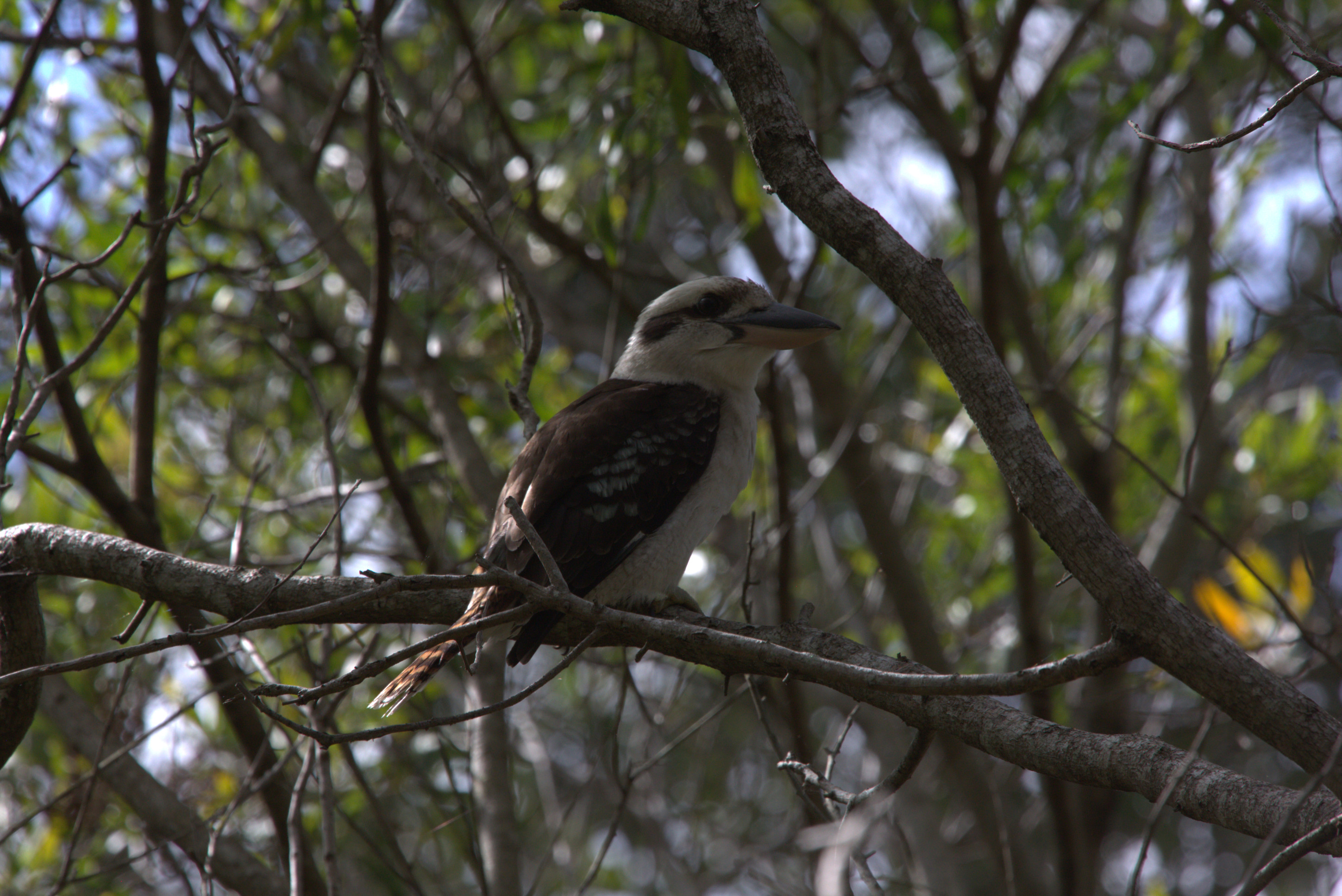Media release
From:
A University of the Sunshine Coast-led study has uncovered evidence that sex reversal is more common in wild birds than previously thought – with potential implications for threatened species.
In a study of nearly 500 birds from five species – including magpies, kookaburras, pigeons and lorikeets – researchers found that up to 6 percent had the physical features of one sex but the genetic makeup of the other.
“This indicates that sex determination in wild birds is more fluid than we thought – and can persist into adulthood,” said UniSC Associate Professor
Dominique Potvin who co-authored the study published today in Biology Letters.
The birds were examined post-mortem after being admitted to wildlife hospitals in southeast Queensland with unrelated injuries or illness. Researchers identified their reproductive organs and then tested their DNA to determine genetic sex.
“One of the key findings was that 92 percent of sex-reversed birds were genetically female but had male reproductive organs,” Dr Potvin said.
“We also discovered a genetically male kookaburra who was reproductively active with large follicles and a distended oviduct, indicating recent egg production.”
While sex reversal is known in fish, amphibians and reptiles, it is rarely documented in wild birds and mammals. This study provides a baseline for understanding the phenomenon in Australia’s avian populations.
“Understanding how and why sex reversal occurs is vital for conservation and for improving the accuracy of bird research,” Dr Potvin said.
Lead author Dr Clancy Hall said the presence of sex-reversed individuals could affect reproductive success in wild populations, raising concerns about the about the impact on threatened species.
“This can lead to skewed sex ratios, reduced population sizes, altered mate preferences, and even population decline,” said Dr Hall, who co-led the study as part of her UniSC doctoral research.
The presence of these sexually ambiguous birds also challenges traditional methods of identifying bird sex, such as genetic markers, plumage, or behaviour.
“The ability to unequivocally identify the sex and reproductive status of individuals is crucial across many fields of study,” Dr Hall said.
“We’ve now established that DNA evidence does not always reflect the suspected sex.
“Bird researchers often take small DNA samples from blood or feathers and make decisions based on the results showing male or female, but this actually could be wrong up to 6 percent of the time.”
For the study, sex-reversed birds were classified as genetic males with a complete feminine phenotype, genetic females with a complete masculine phenotype and those showing a combination of both testicular and ovarian characteristics.
The causes of sex reversal in birds are unclear, with the researchers saying more studies are needed to better understand environmental triggers and the potential impact on threatened species.
They say it is possible that environmental factors – such as endocrine-disrupting chemicals and high levels of stress hormones – could be influencing sex development in birds.
For example, the reproductively active, genetically male kookaburra was found in a peri-urban agricultural zone, where such chemicals may accumulate.



 Australia; QLD
Australia; QLD


